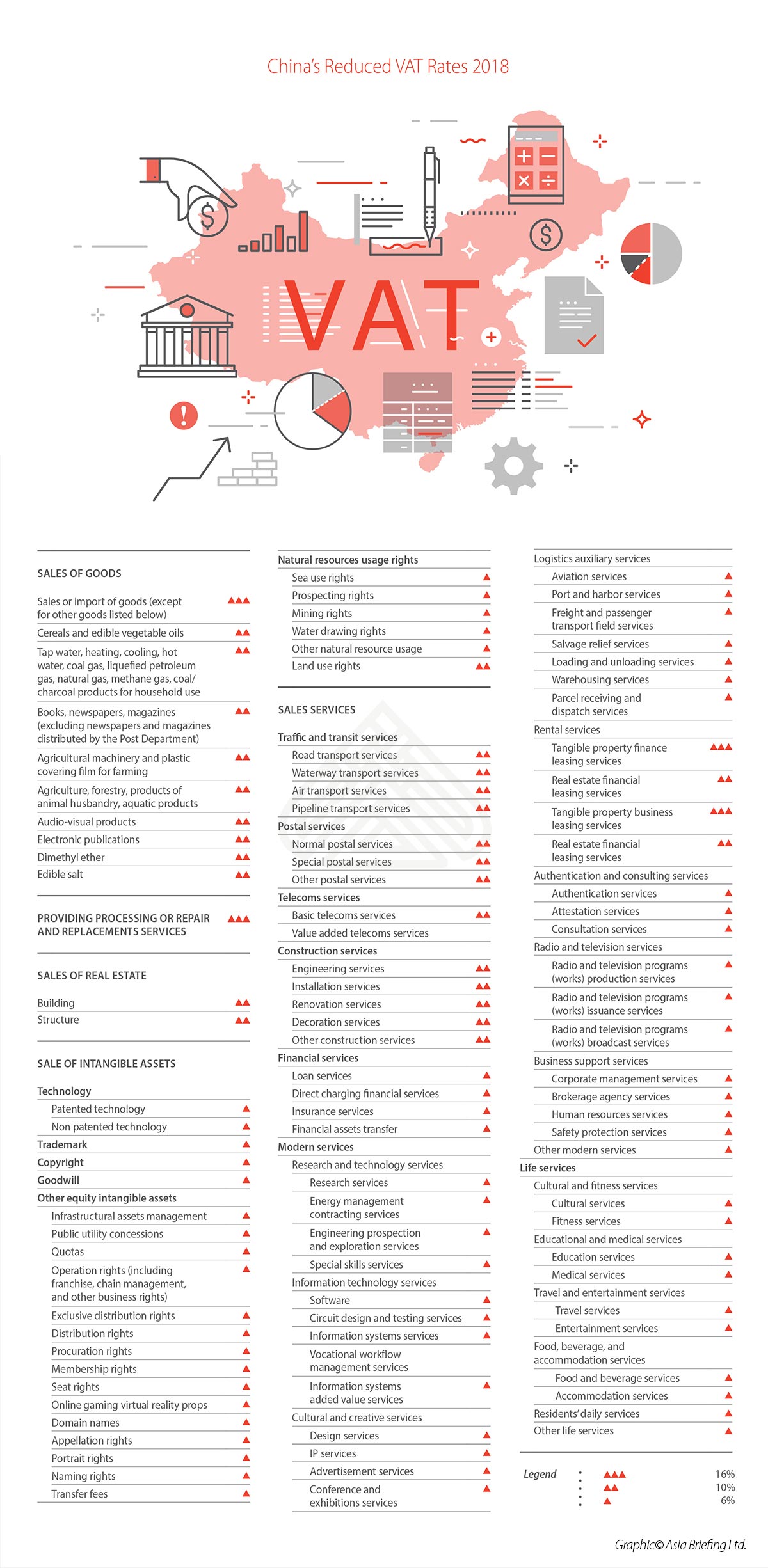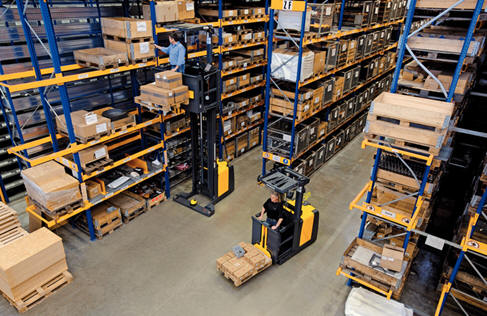
It’s no surprise warehouse processes have grown more complex in the on-demand economy. Greater demand and higher customer expectations mean employees must move product through the warehouse as efficiently as possible.
Warehousing technology has evolved to meet these challenges, helping employees better track inventory through the receiving and put-away processes. While these advancements address concerns within individual warehouses, they don’t provide a solution for tracking inventory throughout the supply chain. Manufacturers needed a standard system to guarantee they’d have complete visibility into shipments as they arrived.
That’s why manufacturers in industries such as food and beverage turned to GS1 standards. GS1 is a not-for-profit organization that maintains standards for business communication.
GS1’s leadership in barcode innovation stretches back more than 40 years, but we’ve yet to achieve universal adoption of GS1 standards. Even some warehouses that work with GS1 standards maintain redundant barcoding processes.
Greater adoption of GS1 standards could transform the way we work with barcodes and help warehouse managers achieve maximum efficiency.
Barcodes: A step forward—but how extensive?
It wasn’t long ago that most warehouses relied on manual inventory processes. Trucks would arrive, workers would take stock using pencils and paper, and items would be placed on the shelf. For managers, however, these processes were headache-inducing: If one employee recorded a wrong number while receiving stock, the consequences would ripple across the warehouse.
RF scanners erased much of the manual burden—staff could scan a barcode rather than relying on a physical record. By adding an extra set of “eyes” to the receiving and putaway processes, warehouse operators were able to achieve higher levels of inventory validity.
Still, because these barcodes contained little information beyond item listing, it was entirely possible employees could miss inventory or count it incorrectly. Supply chain innovators have introduced various solutions for the issue; for instance, advanced shipping notices provide recipients with critical inventory information, giving their team greater visibility into what stock, and how much, should arrive.
However, GS1 standards deliver the same information—and because some of the world’s largest industries follow these guidelines, greater GS1 standard adoption is a natural solution.
GS1 labels: A standard for excellence
Companies that utilize GS1 labels comply with standards for what information is kept on barcodes—such as the weight of each case, or the quantity of cases. When you scan a GS1 barcode, you’ll know which, what kind, and how many of each product is located on the pallet. GS1 also provides standards for every step in the shipping process, including label placement and barcode color.
The challenge isn’t convincing warehouse operators to ship using GS1 labels—in fact, many warehouses receive shipments with GS1 tags on inventory, and many must place GS1 tags on items before they’re shipped.
Errors are likely to occur when warehouses place their own label on an item while it’s in inventory. This process not only wastes paper, but it also risks data loss or duplication. Because GS1 tags come with a unique identifier for the product and a unique serial number for each case that will never be duplicated, there’s no need for an internal barcoding system.
By adhering to GS1 standards, warehouses also improve traceability—a hot topic among supply chain innovators. Take, for instance, food manufacturers. Technology allows food and beverage suppliers to track every location a raw material has been during production. If there were to be an outbreak of food-related illness in a concentrated area, GS1 standards would provide manufacturers a common language to research and determine the contaminant.
Technology for a better supply chain
Today’s supply chain demands efficiency. As warehouses do more with less, demand rises for solutions that streamline operations. If you receive GS1-labeled inventory but maintain an internal barcoding system, it’s time to consider dropping the redundant process. If you don’t currently work with GS1 barcodes, consider moving to a system that helps improve inventory validity and traceability across your supply chain.

The layman might envision warehousing storage services as simply a very large storage unit where pallets of bulk shipments simply sit and wait.
Yourkey Warehousing professionals recognize that there’s much more to safe and efficient warehousing than a lot of building space. Savvy businesses find warehousing in highly accessibly areas, like Hong Kong, Shenzhen, Guangzhou, Shanghai, Ningbo and Xiamen so that goods are within quick reach of end users. But location access isn’t the only critical component of smart warehousing. Technology is key. Yourkey Warehousing has implemented a secure, state-of-the-art, web-based Inventory Management System, allowing you to view your inventories anytime and from anywhere. EDI and barcoding capabilities are included, which enables you to organize your resources and optimize your fulfillment and distribution processes. Keep track of everything from start to finish with this exceptional system.
There are more about our warehousing services as below.
Yourkey Warehousing Logistics
Contract, Public and Food Grade Warehousing
Full-Service Fulfillment
Container Unloading and Cross Docking
Pick and Pack, Repack, Sort and Segregate
Kitting and Assembly Services
Local and International Logistics
Distribution
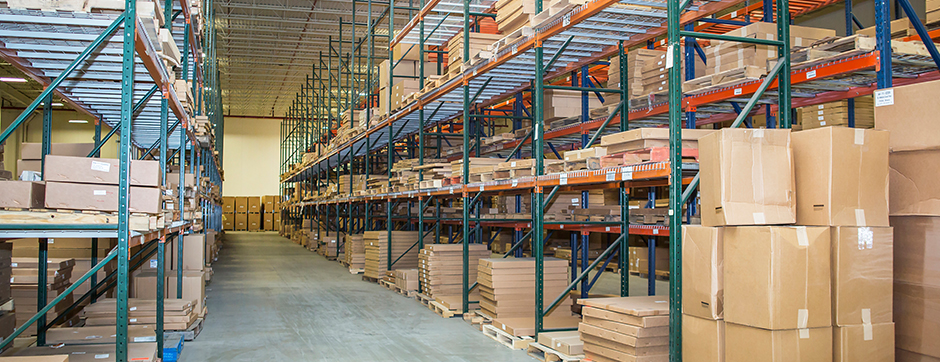
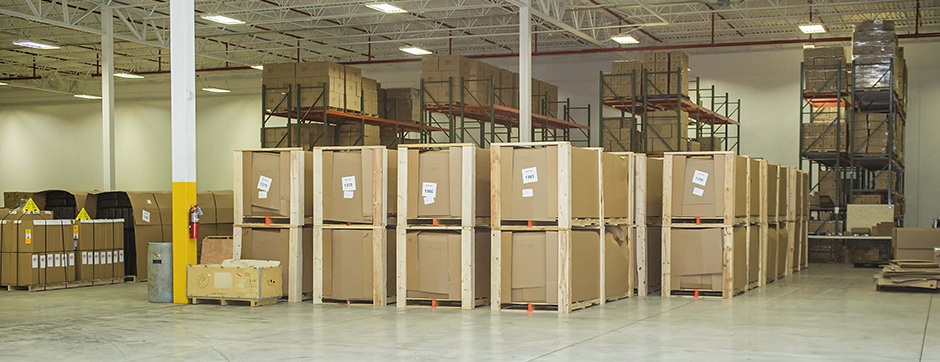
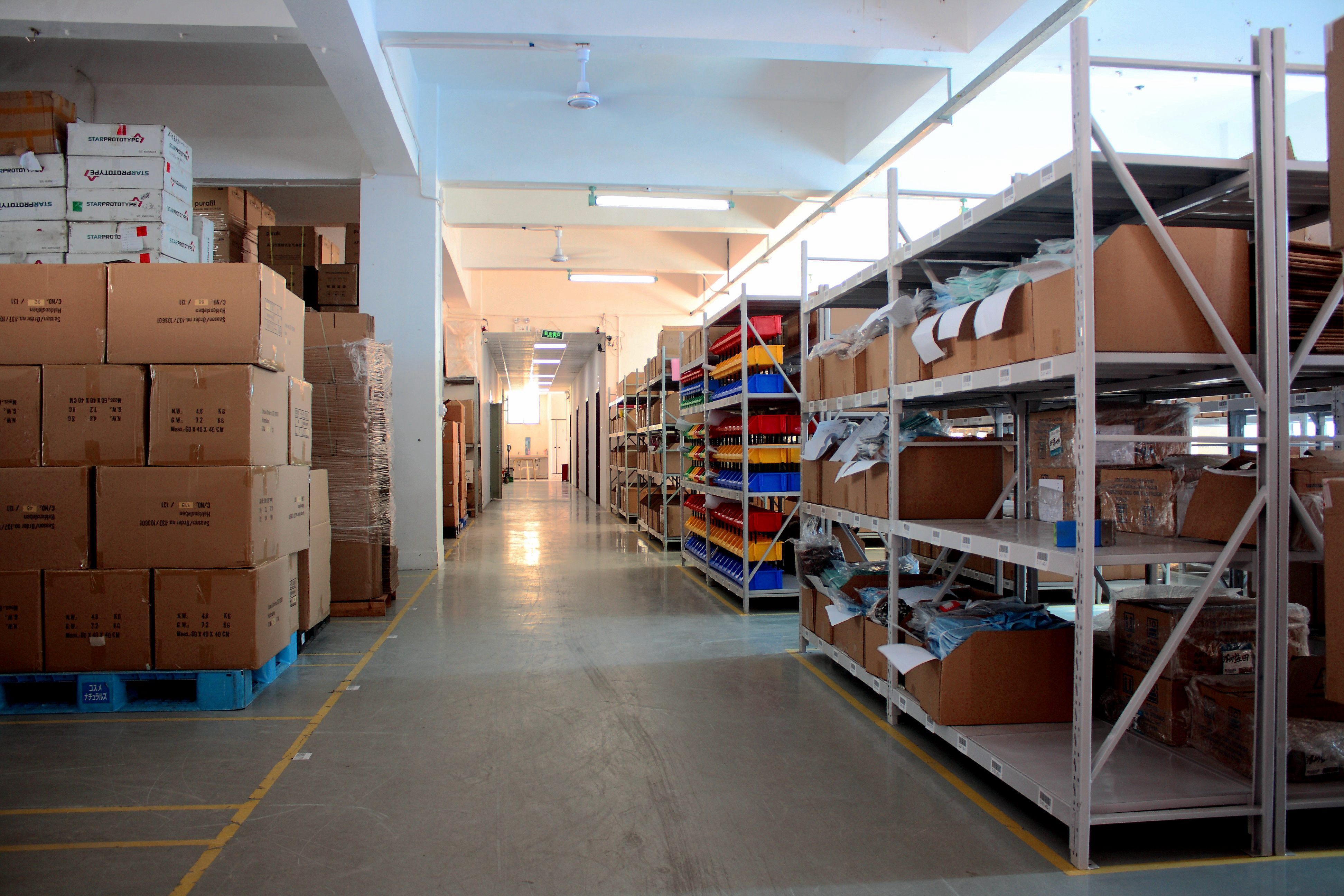
The layman might envision warehousing storage services as simply a very large storage unit where pallets of bulk shipments simply sit and wait. Yourkey Warehousing professionals recognize that there’s much more to safe and efficient warehousing than a lot of building space. Savvy businesses find warehousing in highly accessibly areas, like Hong Kong, Shenzhen, Guangzhou, Shanghai, Ningbo and Xiamen so that goods are within quick reach of end users. But location access isn’t the only critical component of smart warehousing. Technology is key. Yourkey Warehousing has implemented a secure, state-of-the-art, web based Inventory Management System, allowing you to view your inventories anytime and from anywhere.
EDI and barcoding capabilities are included, which enables you to organize your resources and optimize your fulfillment and distribution processes. Keep track of everything from start to finish with this exceptional system.
There are more about our warehousing services as below.
Yourkey Warehousing Logistics
Contract, Public and Food Grade Warehousing
Full-Service Fulfillment
Container Unloading and Cross Docking
Pick and Pack, Repack, Sort and Segregate
Kitting and Assembly Services
Local and International Logistics
Distribution

Our Mission
• To offer one-stop-shop solutions with our comprehensive setup
• To offer premium services tailored to our customers’ unique needs
• To upgrade supply chain management with value-added services
• To foster long-term relationships with our customers and partners
Scope of Business
• International air / sea services
• Shipping agents / Husbandry service / Crew change
• FCL & LCL consolidation services
• Multimodal transportation
• Triangle trade shipments / Transshipments
• Project shipments
• Customs clearance / Insurance broker
• Warehouse & logistics (general cargo & cold storage)
• Pick and pack services
• CFS distribution
• Trucking service / Door-to-door delivery
• Cross-border truck services (HK-China)
• Local retail distribution service
Policies
The policies contain hard and fast rules and regulations that define the general conduct of the warehouse operation. Examples of the types of policies that organisations will define are as follows:
organisational specific warehouse management policy and procedures guideline outline
health and safety
human resources management
security
pest control
warehouse maintenance and cleaning
quality control
record keeping and reporting
reverse logistics – Return of goods and exit strategy in the event of downscaling or shutting down operations
disposal of obsolete and damaged goods.
Procedures
The procedures' document defines step by step how the activities in the warehouse should be carried out and clearly defines the processes to be adopted. These can be adopted as ‘best practice’.
The procedures provide visibility of the operations for managers and donors.
However, in creating such procedures, care must be taken to avoid constraining the use of local initiative which might be required to deal with local conditions. Procedures should be considered as streamlining the business processes and providing checks and balances. They provide guidance to warehouse managers and must have some level of flexibility to cater to unique situations. This can be achieved by limiting the level of detail that the procedures document defines, allowing more flexibility and/or by arranging ‘dispensations’ to allow departure from the procedures in order to optimise local performance, especially in emergencies.
The procedures will normally provide the step by step guidance on how to manage each aspect of warehousing and may cover:
receiving and issuing of supplies;
quality control or verification;
storage of goods;
how to control stock movement (stock control);
documentation flow;
how to detect and deal with stock losses;
how rejected material will be managed; and
how to deal with unwanted material, obsolete and scrap, disposal.
Other value-added services at YOURKEY warehouses
• Barcode reading
• Pick & pack
• Palletizing
• Packaging & re-packing
• Quality inspection
• 160,000 sq. ft.
• 24,000 sq. ft. climate-controlled storage
• Multi-stack racks system
• 25 loading bays
• Automatic sprinkler system
• 24x7 security
• CCTV surveillance
Our Retail Expertise
Our vast experience in distribution management means your
needs are always carefully looked after
• Dedicated account managers experienced in retail
management
• A strong fleet of cross-border, reefer, climate-controlled
and enhanced shock-absorption trucks
• Daily shipment tracking service – at no additional cost
• Accurate inventory information
• Delivery made on time, every time
• Value-added service, e.g. co-packing, at your disposal
Legal Considerations
Leasing Temporary Warehouses/Contracting.
The common practice in emergencies is to lease or rent, not purchase warehouses. In this situation, there is often a shortage of suitable buildings or locations for warehouse space and this can often cause the costs to increase significantly. Therefore, it is often necessary to utilise temporary warehouse space for as short a time a possible.
Care must be taken with the drawing up of the lease agreement (See Warehouse Rental Contract sample) with the owner. The following items are basic inclusions and in a lease agreement:
the cost for the lease;
the duration of the lease agreement;
exit clause: the period of notice required for terminating or extending the lease period. Confirmation of the existence of property insurance, covering third-party, fire, water damage, window breakage, etc;
details of any security arrangements;
a detailed inventory of any equipment, fixtures and fitting included with the building and detailed description of their condition;
confirmation of either sole tenancy or details of other tenants;
information about the ground or floor strength per square metre;
the weight capacity of any equipment such as forklifts, racks and shelves;
in situations where neutrality is important, care must be taken to establish the actual owner of the building, which might be different from the ‘lessor’ of the building e.g. the military, religious groups or government;
force mature;
indemnity; and
insurance.
We take pride in having the setup and capabilities of a sizable provider, yet we always operate with the mindset of small firmi-attentive,agile and always there for you.


China recently lowered its value-added tax (VAT) rates, as part of an RMB 400 billion (US$64 billion) tax cut package.
The Ministry of Finance (MOF) and the State Administration of Taxation (SAT) recently released the Circular about Adjusting the Rates on Value-added Tax, which explain the details of the new VAT rates.
According to the circular, the tax cuts reduce the 17 percent VAT bracket to 16 percent, and the 11 percent VAT bracket to 10 percent. The six percent VAT bracket remains unchanged. The new VAT rates will go into effect on May 1, 2018.
The MOF and SAT also recently released the Circular about Unifying the Standards of Small VAT Taxpayers, which expands the criteria for firms to qualify as a small-scale VAT taxpayer. Small-scale VAT taxpayers are now defined as those whose annual sales are less than RMB 5 million (US$796,330). Before, there were three different tiers of small-scale VAT taxpayers.
The tax cuts are part of an ongoing effort to optimize the VAT system and reduce companies’ tax burdens. At the annual Two Sessions meetings in March, Premier Li Keqiang stated that the government aims to further streamline the VAT system by reducing the number of VAT brackets from three to two.
China’s updated VAT rates follow.
